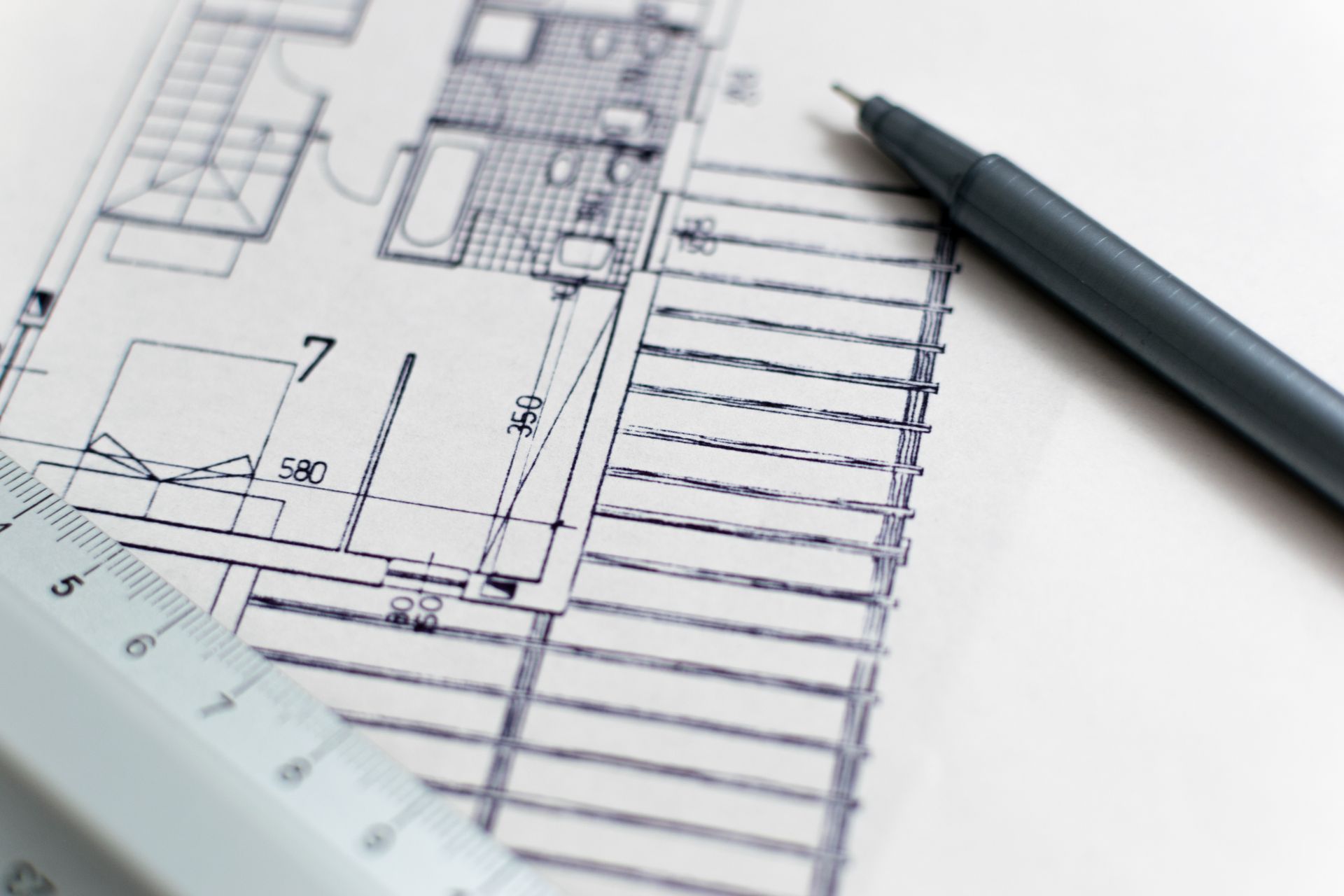
Advantage of Design-Build Construction Contracting

Design-build construction contracting offers several advantages, making it an attractive choice for many construction projects. Here are some of the key benefits:
- Single-Point Responsibility: In a design-build contract, a single entity is responsible for both the design and construction phases of the project. This streamlines the communication and decision-making process, reducing the potential for disputes and finger-pointing between different parties.
- Faster Project Delivery: Design-build projects typically have shorter timelines than traditional design-bid-build projects. The integrated approach allows for concurrent design and construction activities, which can significantly expedite project completion.
- Cost Savings: Design-build can lead to cost savings in several ways. The collaborative nature of the process enables value engineering and innovation, which can result in more efficient and cost-effective design solutions. Additionally, the early involvement of the contractor allows for better cost control and reduced change orders.
- Improved Communication: With a single team responsible for both design and construction, communication is more streamlined. This leads to quicker decision-making, reduced miscommunication, and better problem-solving throughout the project.
- Enhanced Quality: The design-build model promotes a closer working relationship between the design and construction teams. This collaboration can lead to improved project quality, as design issues are resolved more effectively, and construction details are better understood by the design professionals.
- Risk Management: Design-build contracts often shift more risk from the owner to the design-build team. Since a single entity is responsible for the entire project, they are typically held accountable for meeting project requirements, timelines, and budgets.
- Innovation and Creativity: The design-build approach encourages innovation and creative problem-solving. Design and construction professionals work together to find practical solutions that meet the project's objectives while often introducing new ideas and technologies.
- Client Involvement: Clients have more opportunities to be involved in the decision-making process throughout the project. They can collaborate with the design-build team to refine their project vision and adapt it to changing needs.
- Simplified Project Management: Owners benefit from reduced administrative burdens, as they work primarily with one entity throughout the project. This simplifies project management and reduces the need for owner-managed coordination between separate design and construction teams.
- Early Cost Predictability: With the design-build model, cost estimates are developed early in the project, providing owners with cost predictability from the outset. This helps in budget planning and financial management.
- Single Contract: Owners have the convenience of dealing with a single contract for both design and construction services. This simplifies the contracting process and reduces the number of legal agreements required.
- Performance Guarantees: Some design-build contracts include performance guarantees, ensuring that the completed project meets the specified requirements and performance standards.
Design-build construction contracting is a versatile and efficient approach that can be advantageous for a wide range of projects, from small renovations to large-scale developments. However, its success depends on selecting the right design-build team and a well-structured contract that aligns with the project's objectives and the owner's priorities.
